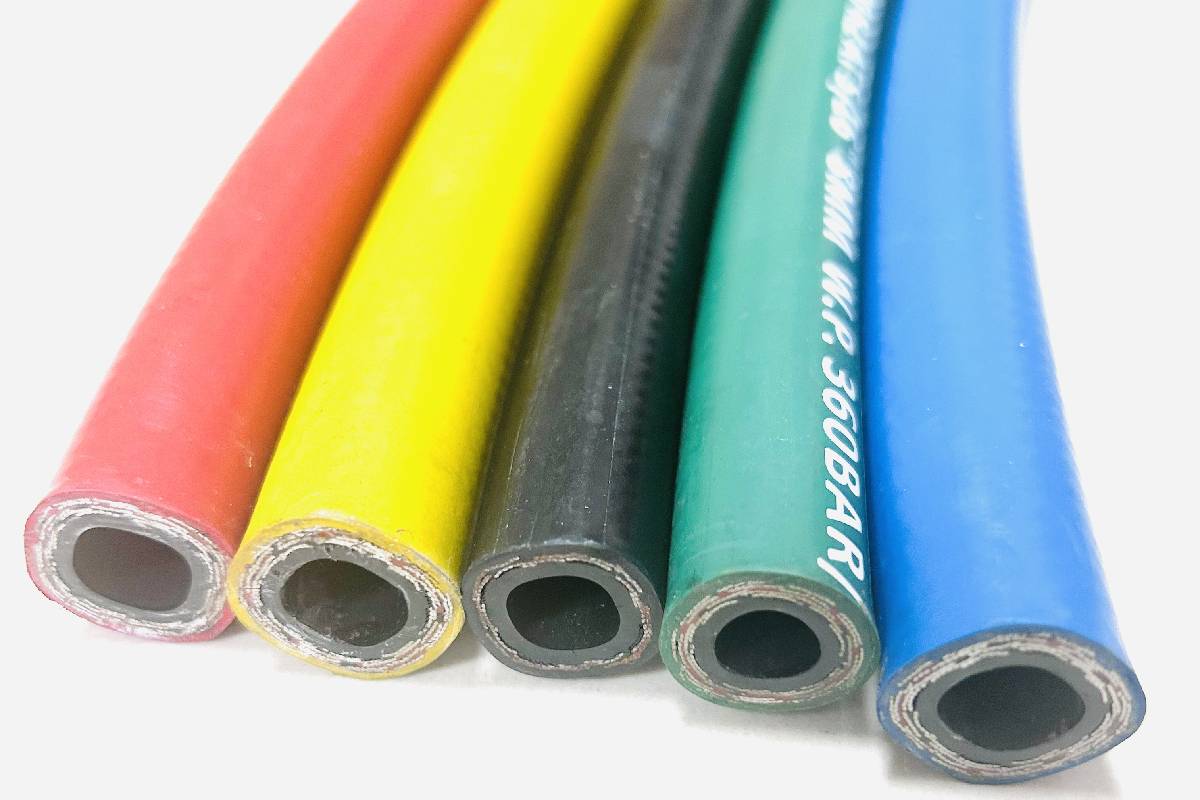335345435
Okt . 17, 2024 14:56 Back to list
oem sae100r1at supplier
Understanding OEM SAE 100R1AT Suppliers A Comprehensive Overview
In the world of industrial and hydraulic applications, strength, durability, and reliability are paramount. One of the critical components in hydraulic systems is the hose, and within this niche, the SAE 100R1AT specification stands out. OEM (Original Equipment Manufacturer) SAE 100R1AT suppliers play a crucial role in providing high-quality hoses that meet stringent industry standards.
What is SAE 100R1AT?
SAE 100R1AT is a specification developed by the Society of Automotive Engineers (SAE) for hydraulic rubber hoses. It defines the construction, performance, and testing required for single-wire braid hydraulic hoses. These hoses are designed to convey hydraulic fluids, which are often under high pressure. The “1” in 100R1AT indicates a single wire braid reinforcement, making it suitable for medium pressure applications. This makes SAE 100R1AT hoses versatile and reliable for various industries, including construction, manufacturing, and agricultural machinery.
Key Features of SAE 100R1AT Hoses
1. Construction The SAE 100R1AT hoses have a rubber tube that is resistant to hydraulic fluids. The single wire braid reinforcement ensures strength and flexibility, allowing the hose to maintain its shape under pressure while also being easy to handle.
2. Pressure Rating These hoses can typically operate under a maximum pressure of approximately 3,000 psi, depending on the diameter and specific construction. This makes them suitable for a wide range of hydraulic systems.
3. Temperature Resistance SAE 100R1AT hoses can withstand temperatures ranging from -40°F to +212°F (-40°C to +100°C), making them applicable in a variety of environments and operational scenarios.
4. Application Versatility Due to their robust construction and flexibility, these hoses are used in various sectors, such as hydraulic lifts, agricultural equipment, machine tools, and more.
The Role of OEM Suppliers
oem sae100r1at supplier

OEM suppliers of SAE 100R1AT hoses are crucial for companies that require reliable components for their hydraulic systems. These suppliers specialize in manufacturing hoses that not only meet but often exceed the SAE standards, ensuring their clients have access to top-notch products suitable for rigorous applications.
Quality Control and Assurance
Reputable OEM suppliers implement strict quality control measures throughout the production process. This includes sourcing high-quality raw materials, rigorous testing of hose performance, and compliance with international standards. Such thorough quality assurance processes ensure that the hoses provided can withstand the demanding conditions they will be subjected to in real-world applications.
Customization and Solutions
OEM suppliers often offer customization options to cater to the specific needs of their clients. This can include variations in length, diameter, or specific fittings required for unique applications. By providing tailored solutions, suppliers ensure that their products can seamlessly integrate into existing systems, enhancing efficiency and reducing downtime.
Future Trends in the Industry
With advancements in technology, the hydraulic hose industry is evolving rapidly. Many OEM suppliers are beginning to incorporate new materials and manufacturing techniques that enhance the durability and performance of SAE 100R1AT hoses. For instance, the use of synthetic rubber compounds can improve chemical resistance and longevity.
Furthermore, as environmental concerns grow, there is a shift towards sustainable practices in manufacturing. Suppliers are focusing on reducing their carbon footprint and producing hoses that are recyclable. This trend not only helps the planet but also aligns with the increasing demand from consumers for environmentally responsible products.
Conclusion
In conclusion, OEM SAE 100R1AT suppliers play a vital role in the hydraulic systems industry by providing high-quality, reliable hoses that adhere to stringent specifications. With their focus on quality, customization, and innovation, these suppliers empower businesses across various sectors to enhance their operational efficiency while ensuring safety and reliability in their hydraulic applications. As technology continues to advance, the future looks promising for both OEM suppliers and the industries they serve.
-
SAE 100 R17 Black Smooth Cover Hydraulic Hose
NewsMar.07,2025
-
SAE 100 R17 Black Smooth Cover Hydraulic Hose
NewsMar.07,2025
-
SAE 100 R17 Black Smooth Cover Hydraulic Hose
NewsMar.07,2025
-
SAE 100 R17 Black Smooth Cover Hydraulic Hose
NewsMar.07,2025
-
SAE 100 R17 Black Smooth Cover Hydraulic Hose
NewsMar.07,2025
-
steel wire braided hydraulic hose
NewsMar.07,2025



